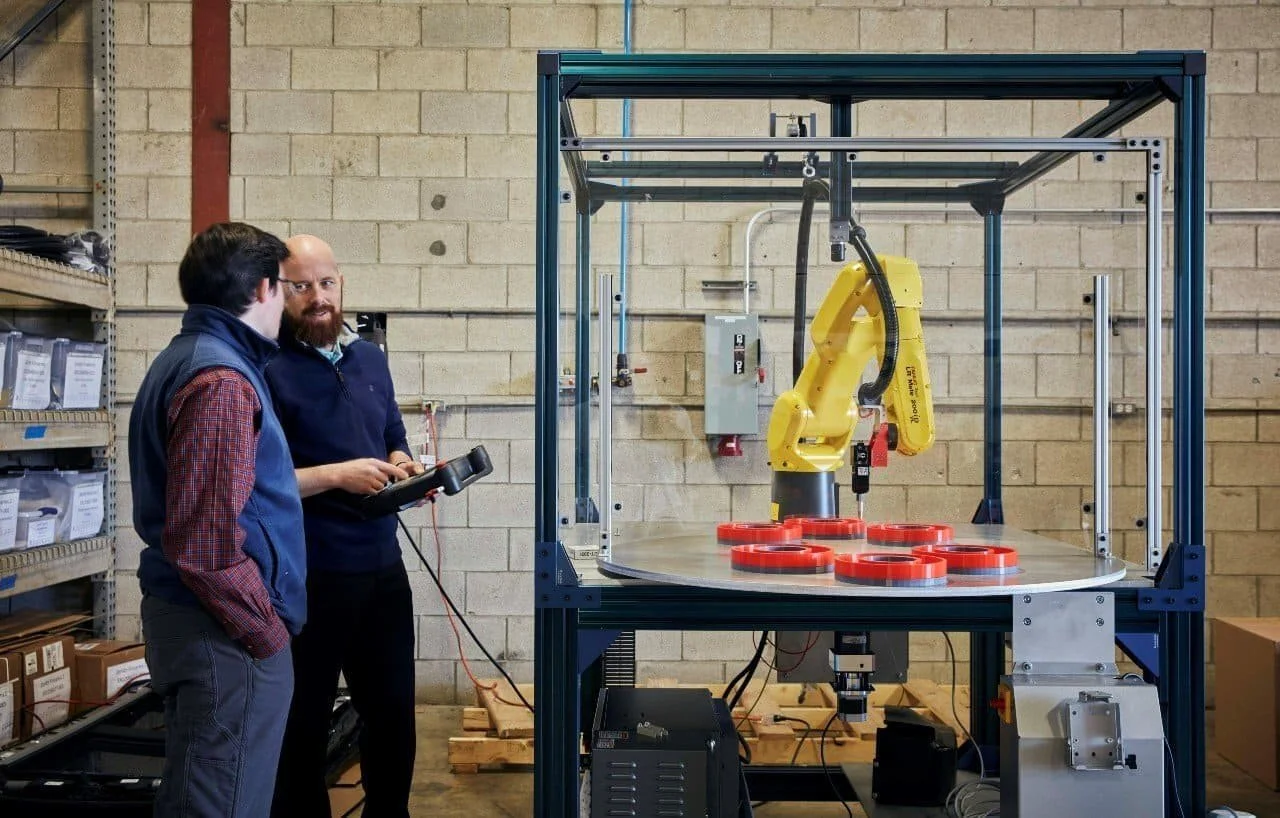Robots are an important part of the world. They do work that is difficult, dangerous, or even impossible for human workers. They open up doors for manufacturing, shipping, order fulfillment, and more, and by doing that, they create opportunities for people around the world.
It’s an exciting idea, to use robots, but when you work with them, you quickly learn just how much robots can’t do. They have strict and obvious limitations, and that can make life difficult.
Yet, an emerging industry is focused on adding utility and ability to existing robots through the use of additional tools.
End of Arm Tools
End of arm tools (EOATs) allow you to rethink how you utilize existing robots in a workplace. With a cutting-edge EOAT, you can extend a robot’s functionality or utility. You can improve safety. You can hone existing abilities.
The possibilities are endless.
We can look at three specific innovations that are shaking up the EOAT market right now and look at how they apply to some of the most common robotic uses across industries.
Gripping
Gripping EOATs are redefining how robots operate in a number of applications. At the forefront of that is pick and place machine tending. Considering the value of automating pick and place work in a fulfillment center, improved gripping expands the items that robots can process and handle.
A great example of this can be seen with the EGK Smart Gripper. This is an AI gripper designed to improve precision and control at the end of the robot arm. You can even program force limits, enabling it to handle fragile and precious items with much less risk.
The AI and programmability massively increase any pick-and-place arm’s capabilities. As a result, centers can handle more items and larger orders with less investment. It’s one clear way that a focus on EOATs can change the game.
Sensing
There are too many possible sensors for EOATs to list, but a use case can help highlight why sensing matters and how much of a difference it can make in any application.
Consider a standard automated spray system. Such systems usually apply paints and/or coatings to products. Traditionally, the sprayers put a full coat across entire items or sections of items, but there are cases where more precision improves the value of a coating.
Such an example could include dielectric coatings on precise electronic components.
Where does sensing fit in?
Precise sensors enable the robotic arms to deliver coatings in smaller sections — matching the needed precision. With this ability, manufacturers can rethink entire designs, taking full advantage of precision coatings.
Cooperation
Another area where EOATs leave a mark is with cooperation. This is a term that typically refers to tasks that have humans and robots working alongside each other, and you can find that in many places that utilize robotic machine tending to various effects.
Cooperation allows for greater utility, flexibility, and efficiency. The robots handle high-volume, repetitive tasks while the humans supplement weaknesses in robotic designs. The issue is that many manufacturing applications require robotic arms that can create hazardous or challenging situations for cooperating people.
EOATs designed around cooperation can introduce specific safety and control mechanisms that cater to those exact challenges.

